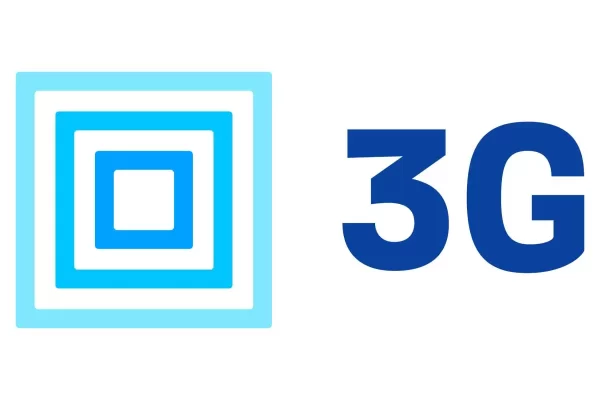Possibly the best, or at least most monetarily accurate, way to measure your ROI for a tradeshow is to determine the total sales dollars derived from the show compared to your total cost, keeping in mind that your product has a cost to produce. If your profit margin is 33 percent, you need to sell three times the cost of the show just to break even.
OK. But what if you’re unable to determine the sales from a show? Enter the Tradeshow Evaluation Form. Even if you can determine ROI, I recommend adding an evaluation to your program. Each company must determine what works for them, but here’s how we do it.
I send the form to the lead person for each show with the basic information completed. The few questions that remain are answered in 1 to 10 ranking. See the example below:
- Value of exhibiting at this show in the future…..6
- Show relevance to our products…..8
- Overall foot traffic in the exhibit hall…..5
- Foot traffic around our booth…..4
- Booth location…..4
These are simple questions, but they allow us to quantify the show compared to previous years as well as other shows on our schedule. I average the answers to come up with the overall grade. In the case above we end up with a 5.4 out of 10 grade.
In addition to the questions above there is a comments section for elaboration as needed. The comments are often more valuable than the questions if the salesperson completing the form takes the time to give a thorough review. Responses like “Excellent show” are essentially useless.
The number of questions that can be asked about a show is nearly limitless. At another company, I traveled to every show and tracked dozens of items including the length of our sessions, empty chairs, who presented and how long each lasted. I walked the show floor each hour and made notes about overall traffic as well as traffic at our competitor’s booths. I recorded not only which competitors were there, but how big their space was, how many staffers they sent and any new products they displayed.
As much as I’d like those answers and more at each of our shows today, my sales team needs to focus on selling and it’s not cost effective for me to be at every show.
If we can’t measure Return on Investment, then we can measure Return on Opportunity. I like ROO because it allows us to determine the Expected Business Results (EBR) of a show in a non-monetary aspect, and then measure the actual results against those expectations.
To accomplish this we created a Tradeshow Request Form designed to provide the justification for the company’s investment in any new show. Once again, only a few simple questions are being asked:
- Target Audience
- Main Objective
- Other Objectives
- Competition
These questions are answered with drop down menus, so the results can be consistent and measured from show to show.
On the evaluation form, the salesperson is asked if these expected results for each item were met. Not meeting them does not necessarily disqualify the show from future investment but provides us another way to measure the show.
The end of the evaluation form includes a section for the tradeshow coordinator comments. This is where I submit my comments about each show, which normally includes information about the budget, previous shows, recommendations for next year’s budget, etc.
Once I have reconciled all show expenses, it’s time to officially close the show file. The closing template includes basic budget information, show statistics and, of course, the evaluation. I email this to everyone involved with the show all the way up to senior management.
Providing the closing email and evaluation form to everyone involved accomplishes several things. First, it informs everyone of the final results of our efforts and investment in the show. Second, because I’ve provided this information for each show, there are no surprises at the end of the year should we come in over budget for our entire program. Third, it helps keep senior management involved in our shows throughout the year instead of only at the budget meeting.
If you’re not measuring the results of your marketing efforts, you’ll never know what’s working and what’s not. In my opinion, ROI is by far the best way to do this. However, if that’s not an option, ROO will do.





























